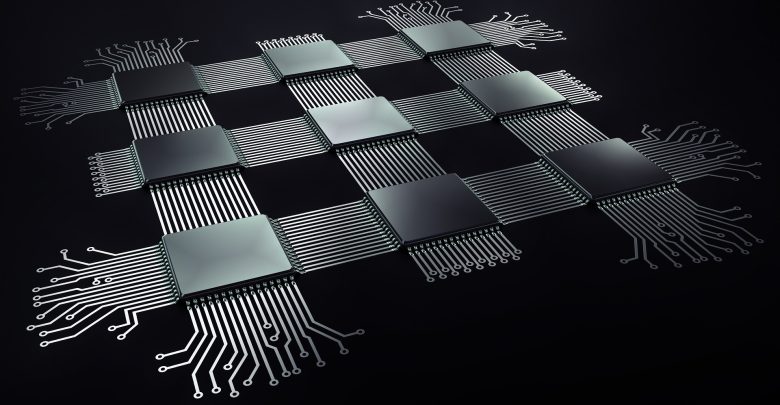Legal
Shipment of ARM-Based Chips Exceeds 200 Billion

The ARM architecture used in countless technological devices continues to increase its importance day by day.
ARM architecture continues to be adopted and spread rapidly around the world. It took nearly 23 years (from 1991 to 2014) for company partners to ship the first 50 billion chips. Then it took three years (from 2014 to 2017) to ship the other 50 billion chips. Now, it has been reported that it takes about 4.5 years to deliver 100 billion new chips using the ARM ecosystem. ARM said about 500 chips are produced every second, depending on its architecture.
Currently, shipments of ARM-based chips have exceeded $200 billion, and it’s a question of when numbers like 500 billion and one trillion will be seen. With megatrends such as artificial intelligence, HPC, edge computing, robotics and IoT, ARM partners are predicted to reach 1 trillion chip production in the next 10 years.
In addition, maintaining its position in existing markets is as important as entering new markets, because ARM has a rapidly developing RISC-V ecosystem. Just three or four years ago, existing RISC-V kernels could only cater to simple microcontrollers, but today they can run rich operating systems like Linux.
The most important advantage of RISC-V instruction set architecture (ISA) over ARM is that it is royalty-free and many designs are open source. Major technology companies may consider switching from ARM to RISC-V chips to save money as they develop their software for RISC-V.
For example, we mentioned that Apple, one of ARM’s most important customers, is working on RISC-V. While ARM offers software compatibility and proven designs, it will be difficult for the company to compete with free solutions.
ARM’s CPU architecture has become the world’s most common ISA. As processors are used almost everywhere these days, the success of the ARM architecture is likely to increase in the coming years. But ARM has more than one challenge ahead. First, it needs to consolidate its position in data centers and challenge the x86 ISA that has dominated servers for a while. Second, it needs to protect its existing markets and remain competitive against RISC-V, an open-source, royalty-free architecture.





